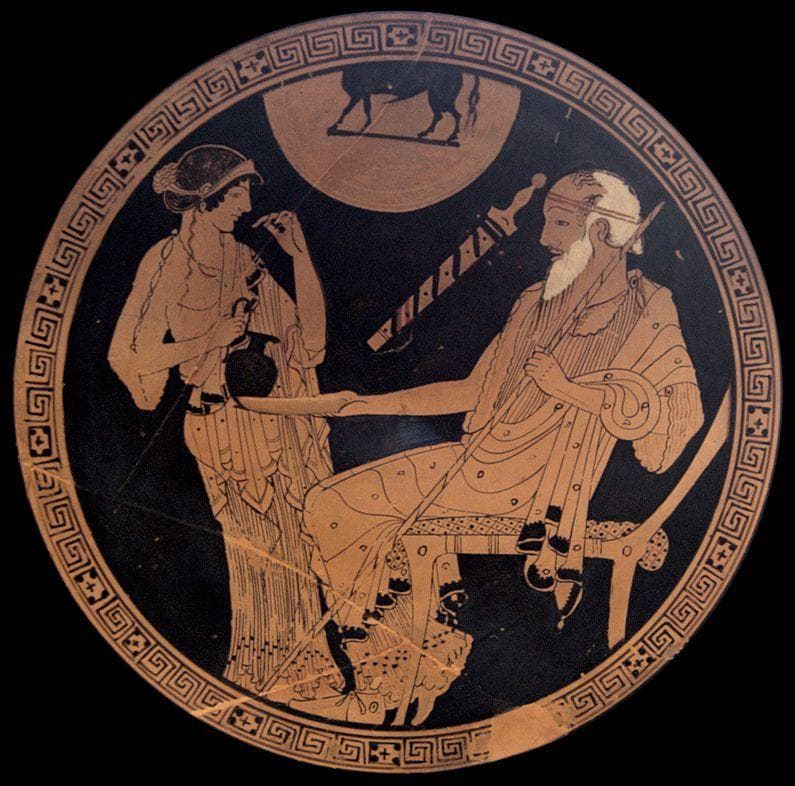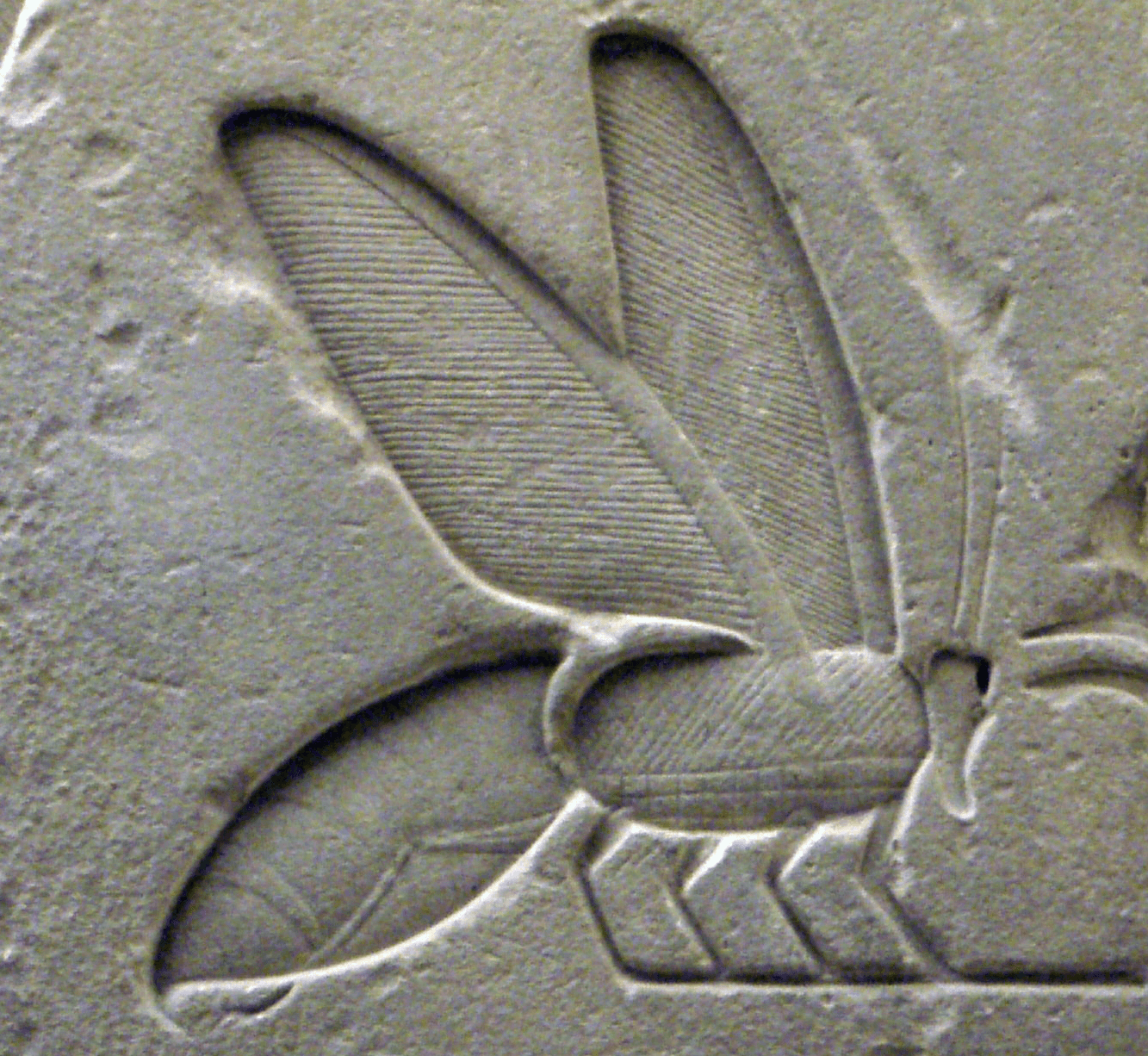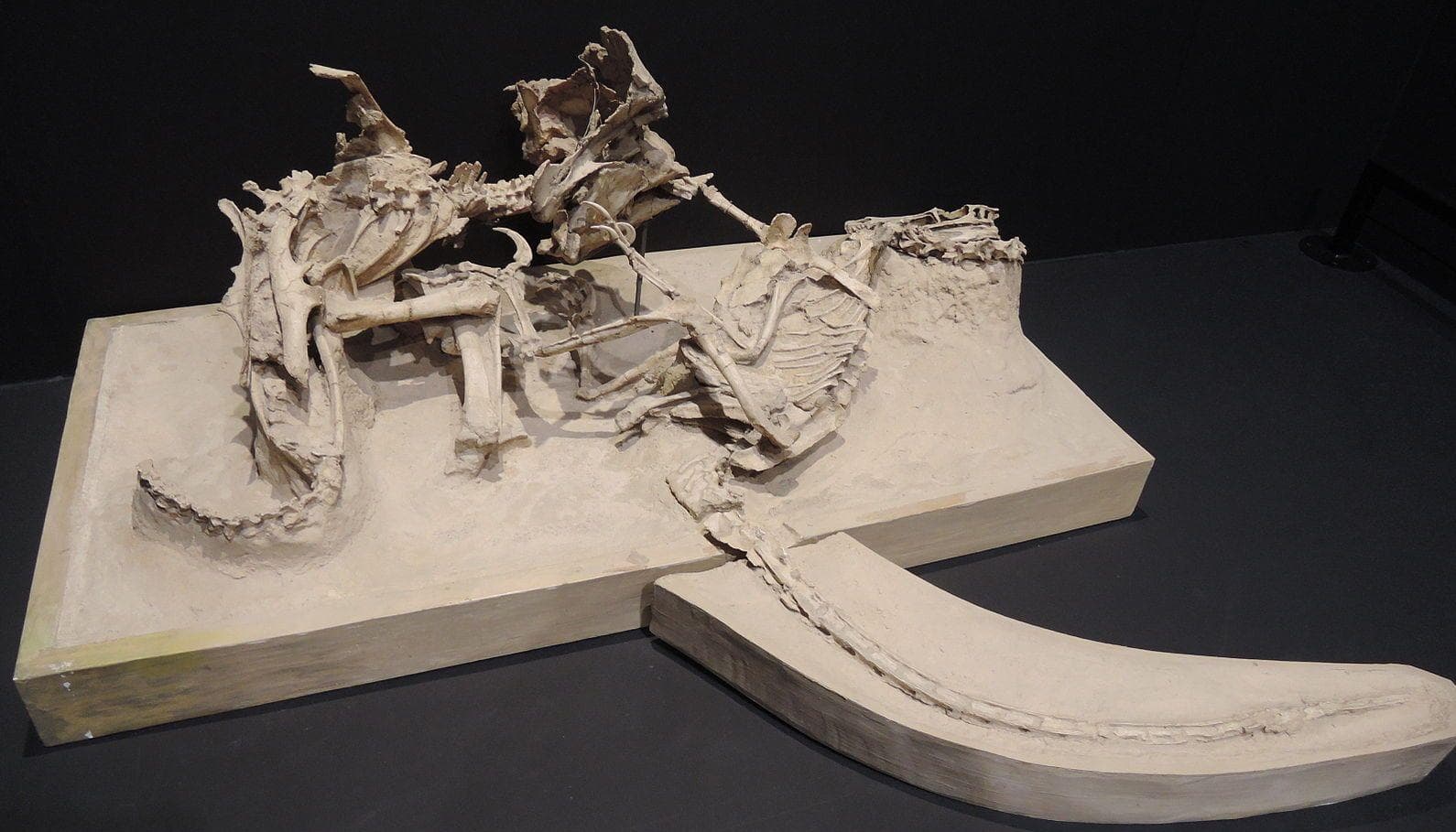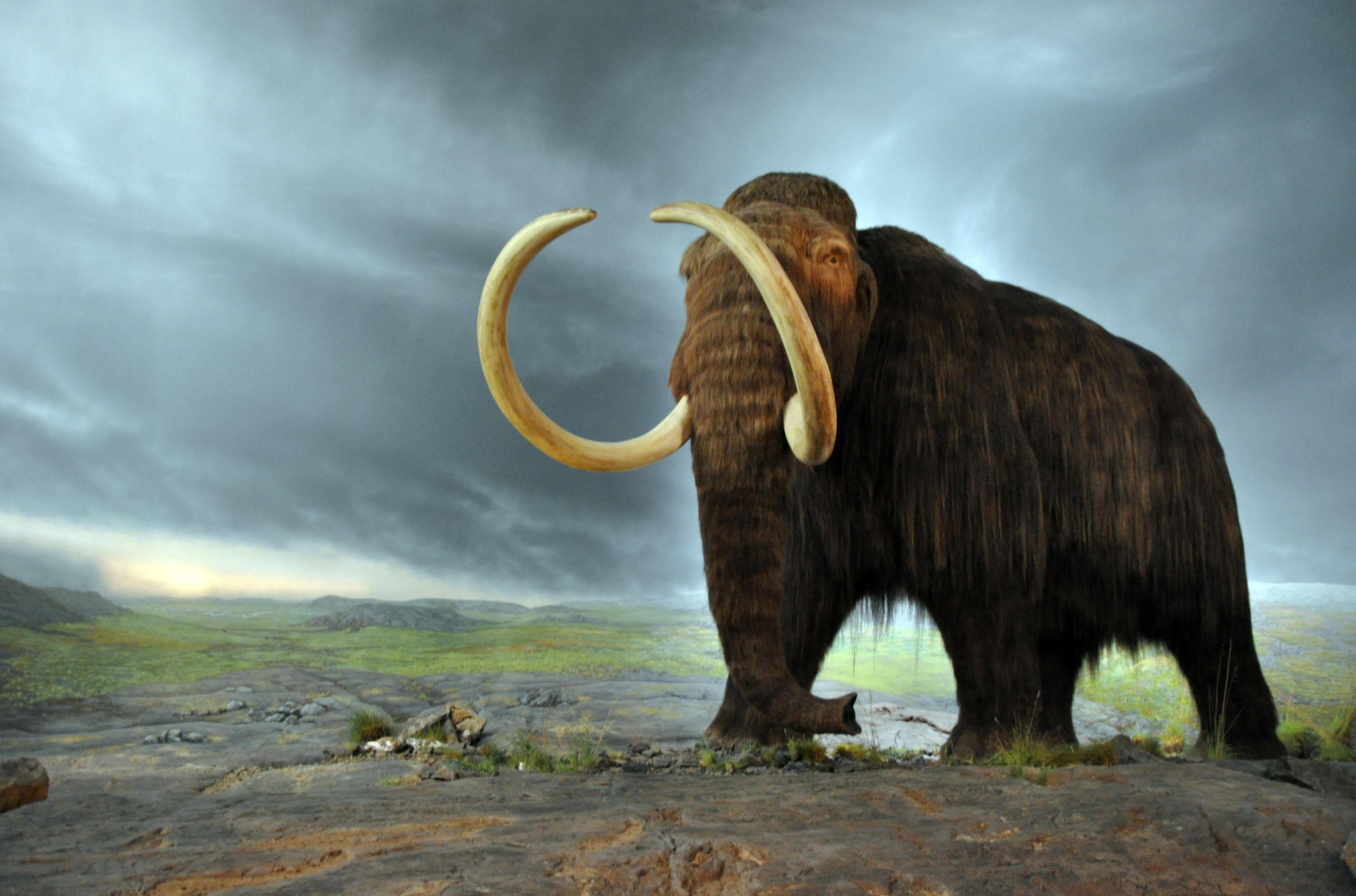(#1) Tutankhamun
Lived: c. 1341 BCE - c. 1323 BCE
Ruled: c. 1332 BCE - c. 1323 BCE
Unfortunately, there is no real contemporary historical information about Tutankhamun's appearance. But DNA tests and CT scans revealed he had malaria and Kohler disease, a bone disorder which may have given him a club foot. His medical afflictions and royal breeding within the family line may have also given him an overbite and buck teeth.
(#2) Cleopatra
- Dec. at 39 (68 BC-29 BC)
Lived: c. 70 or 69 BCE - 30 BCE
Ruled: c. 51 BCE - c. 30 BCE
Popular representations of Cleopatra VII of Egypt show a beautiful seductress, one who bore the child of Julius Caesar before entering into a love affair with Marc Antony. Roman Historian Cassius Dio described her as follows:
A woman of surpassing beauty, and at that time, when she was in the prime of her youth, she was most striking; she also possessed a most charming voice and a knowledge of how to make herself agreeable to [everyone]. Being brilliant to look upon and to listen to, with the power to subjugate [everyone], even a love-sated man already past his prime, she thought that it would be in keeping with her role to meet Caesar, and she reposed in her beauty all her claims to the throne.
But Greek biographer Plutarch differed in his assessment, claiming her beauty was not from her looks, but her voice and charisma. Coinage from the period depicts her with a hooked nose, pointed chin, and pronounced brow.
(#3) Ramesses II
- Dec. at 90 (1302 BC-1212 BC)
Lived: c. 1304 BCE - 1213 BCE
Ruled: c. 1279 BCE - 1213 BCE
Known as Ramesses the Great thanks to his prosperous rule, Ramesses II's body revealed he was quite tall for an ancient Egyptian, standing between 5' 6" - 5'9". His gray hair was dyed red, though he did have natural red hair when he was young. He had thin facial features, a hooked nose, and a strong jaw. He was probably plagued by arthritis, bad teeth, and hardened arteries.
(#4) Hatshepsut
Lived: c. 1505 BCE - 1458 BCE
Ruled: c. 1479 BCE as regent; took the title of pharaoh in 1473 BCE - 1458 BCE
Hatshepsut acted as both king and queen during her reign; thus most images of Hatshepsut depict her as masculine, with a beard and muscular physique. Her mummified body revealed she was overweight and losing her hair later in life.
(#5) Akhenaten
Lived: unknown - c. 1336 BCE
Ruled: c. 1353 BCE - c. 1336 BCE
Egyptologist Donald Redford described Akhenaten as "a man deemed ugly by the accepted standards of the day, secluded in the palace in his minority, certainly close to his mother, possibly ignored by his father, outshone by his brother and sister, unsure of himself."
Known as Amenhotep IV before changing his name - and the religion of his kingdom - Akhenaten was supposedly deformed, exhibiting features of Marfan syndrome, including long extremities and facial features. He may have also suffered from Klinefelter syndrome, a genetic condition that causes larger breasts in men.
Other scholars speculate he had Fröhlich's syndrome which causes large thighs and a big head. The feminine and oddly proportioned features Akhenaten has in works of art could be attributed to these disorders, or it may reflect the religious, political, and cultural shift closely associated with his reign.
(#6) Thutmose III
Lived: c. 1481 BCE - 1426 BCE
Ruled: c. 1479 BCE - 1426 BCE
When Egyptologist Gaston Maspero saw the body of Thutmose III, he lamented its poor condition, but he commented:
Happily the face... appeared intact when the protecting mask was removed. Its appearance does not answer to our ideal of the conqueror. His statues, though not representing him as a type of manly beauty, yet give him refined, intelligent features, but a comparison with the mummy shows that the artists have idealized their model. The forehead is abnormally low, the eyes deeply sunk, the jaw heavy, the lips thick, and the [cheekbones] extremely prominent; the whole recalling the physiognomy of Thûtmosis II, though with a greater show of energy.
While there is no mention of his facial features, scholars speculate Thutmose III suffered from a skin disease which caused small, scabrous pox, which also afflicted his father, Thutmose II.
(#7) Ramesses III
Lived: unknown - c. 1155 BCE
Ruled: c. 1186 BCE - c. 1155 BCE
Ramesses III's sculptures depict him with a broad face and sturdy legs, but the busts and statues of Ramesses III may not give a good representation of how he looked. Many of his figures resemble those of Amenhotep III, only "somewhat reworked around the eyes," leading scholars to believe the statues represent the sculptor's limited style rather than an honest depiction.
Ramesses III's mummy was uncovered, but due to his unnatural passing, historians have focused more on his slaying during a royal coup than his looks.
(#8) Khufu
Lived: unknown - c. 2466 BCE
Ruled: c. 2575 BCE - c. 2465 BCE (or c. 2470 - 2447 BCE)
Famously depicted on the Great Pyramid at Giza, Khufu - called Cheops in Greek - is shown in sculpture and inscription sitting upon his throne wearing a crown; but it was his personality that got the attention of Herodotus.
According to the 5th century BCE writer, Khufu was greedy, and when he became king, he "brought [the Egyptian people] to every kind of evil." It was said he forbade people from worshipping in the temples, forced terrible conditions on the laborers building the Great Pyramid, and had his daughter demand money from those laborers.
(#9) Djoser
Lived: c. 2650 BCE - c. 2575 BCE
Ruled: c. 2630 BCE - c. 2611 BCE
Little is known about Djoser, also identified as Zoser, but he is credited as the first pharaoh to build a stone pyramid. The facial features on a life-sized statue of Djoser housed at the Egyptian Museum in Cairo have been damaged, but a healty bone structure, thick lips, and what has been described as a "stern" expression are still identifiable.
New Random Displays Display All By Ranking
About This Tool
Ancient Egypt is one of the 4 ancient civilizations in the world, Ancient Egyptian civilization was formed more than 6000 years ago. Except for the well-known historical relics such as the Egyptian pyramids and mummies, there are also some ancient Egyptian pharaohs and gods who are still influential today. The term Pharaoh has been used since Thutmose III, the 18th dynasty of the New Kingdom of Ancient Egypt.
The tombs of some famous Egyptian pharaohs have become important historical archaeological discoveries. Many archaeologists have restored the image of these famous pharaohs with the help of modern advanced technology. Here the random tool shows details about 9 famous pharaohs.
Our data comes from Ranker, If you want to participate in the ranking of items displayed on this page, please click here.



















